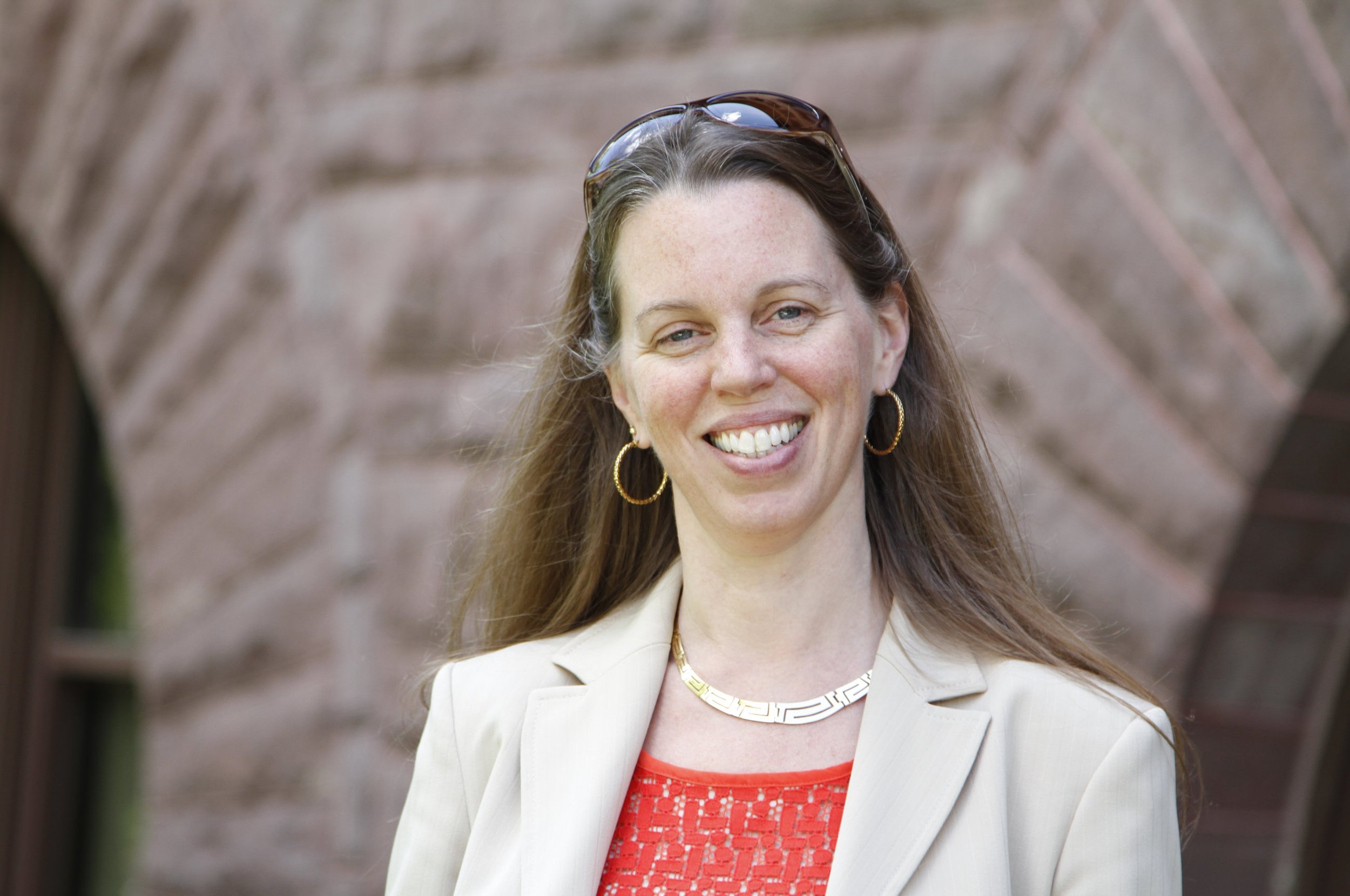Complexity Workshop
Professor Gui-Qiang G Chen (Professorial Fellow) jointly organises the Complexity Cluster Workshops. Photo by PS Unlimited.
On Wednesday, 15 November, Keble mathematicians assembled for the first Keble Complexity Cluster Workshop of the year. This was organised by Professor Gui-Qiang G Chen (Professorial Fellow), Professor Helen Byrne (Professorial Fellow in Mathematics), and Dr Yaron Ben-Ami (Keble Research Associate). Four inspiring talks about research done by DPhil students were presented and well received.
Chloé Colson (St Catherine’s College, 2018)
Investigating the impact of growth arrest mechanisms on tumour resources to combinations of radiotherapy and hyperthermia
Our first talk of the day was from Chloé Colson in which showed how a simple ordinary differential equation (ODE) model can distinguish between responses to radiotherapy and hyperthermia of tumours characterised by different mechanisms of growth control and how this can be used to consider what the most beneficial treatment strategy could be. Tumour size and oxygen availability lead to three growth regions: nutrient-limited, space-limited and bistable. Once the damage to tumour cells caused by radiotherapy and hyperthermia treatments is added, Chloé showed how the nutrient-limited and space-limited steady states affect the responses of the tumours. By considering regions of parameter space, studying the tumour responses and the influence of the dosing regime in turn leads to predictions determining which treatments would maximise the reduction of tumour burden.
Elizabeth Hayman (Keble College, 2017)
Design optimisation of shunt systems used in paediatric hydrocephalus
Hydrocephalus is the abnormal accumulation of cerebrospinal fluid (CSF) in the brain ventricles, with roughly 400,000 new cases diagnosed globally each year. Brain shunt systems have been developed to drain this fluid but they are liable to fail, with 50% of these systems requiring replacement within six months of use. Elizabeth models the two catheter geometries currently on the market to consider which positions of catheter holes are optimal and whether optimal angles for the catheters can be found. However, each simulation takes approximately a day to run. Brute force cannot be used so Elizabeth considers how we can use mechanistic relationships and/or approximations as surrogates to test whether a new idea is likely to be a good candidate.
Kit Gallagher (St Edmund Hall, 2021)
Learning to Adapt: Approaches to Prostate Cancer Treatment
Kit Gallagher talked to us about his work on applying deep learning to tailor treatment schedules to the specific needs of a patient with prostate cancer. A two-population Lotka-Volterra model was used to represent the susceptible and resistant cells under an androgen-deprivation treatment. Using such a model for a virtual patient and feeding data through into a deep reinforcement learning (DRL) model, this model makes decisions on the treatment plan for the virtual patient. Once, a treatment decision has been made, this is then applied back to the virtual patient and assessed by the DRL and used to update the model. Such an approach is iterated until the desired accuracy of the model is obtained. The resulting framework was compared to standard treatments, demonstrating that the personalised treatment indeed outperforms standard treatments.
Alexander Cliffe (Mansfield, 2019)
Shockwaves and Gas Dynamics
Alexander Cliffe talked to us about his work pertaining to the two-dimensional Riemann problem. He introduced the idea of considering fluids on the macroscopic, rather than the microscopic, level, where particle behaviour becomes very complex. It was postulated that a gas is adequately described by its velocity field u and thermodynamic quantities such as the density ρ, pressure p, etc., usually modelled by nonlinear Partial Differential Equations (PDEs), the compressible Euler equations being their paradigm. While it had been believed that the behaviour of physical objects was smooth, by the 19th century the formation of discontinuities in the form of wave-breaking had been observed. It was therefore necessary to introduce the idea of weak solutions to PDEs that could satisfy certain discontinuities and satisfy some of the properties we might expect from the classical solutions. In the one-dimensional case, such a solution was given for the shock tube experiment by Bernhard Riemann in 1860. However, the two-dimensional problem has since remained open. It has been shown that there are 19 distinct ways under which discontinuities can form in a solution. There are still many open questions relating to the non-symmetric reflection/diffraction and other types of reflection/diffraction.
The material is based on the notes taken by two DPhil students: Samuel Charles and Nathan Schofield.






